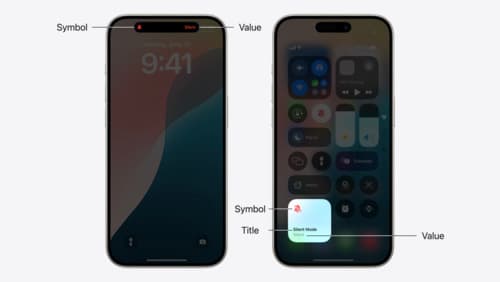how can I set the app icon badge
Asked on 2024-08-09
1 search
To set the app icon badge, you can use the UNUserNotificationCenter to manage notifications and update the badge count. Here's a basic example of how you can achieve this:
-
Request Notification Permissions: First, you need to request permission to display notifications.
import UserNotifications UNUserNotificationCenter.current().requestAuthorization(options: [.badge, .sound, .alert]) { (granted, error) in if granted { print("Permission granted") } else if let error = error { print("Error: \(error.localizedDescription)") } } -
Update the Badge Count: You can update the badge count by setting the
badgeproperty of aUNMutableNotificationContentobject.let content = UNMutableNotificationContent() content.badge = NSNumber(value: 1) // Set the badge number let trigger = UNTimeIntervalNotificationTrigger(timeInterval: 1, repeats: false) let request = UNNotificationRequest(identifier: "badgeNotification", content: content, trigger: trigger) UNUserNotificationCenter.current().add(request) { (error) in if let error = error { print("Error: \(error.localizedDescription)") } } -
Clear the Badge Count: To clear the badge count, you can set it to
0.UIApplication.shared.applicationIconBadgeNumber = 0
For more detailed information on how to extend your app's controls across the system, you can refer to the session Extend your app’s controls across the system (12:25).
If you need more information on how to integrate these features into your app, you might find the session Bring your app’s core features to users with App Intents (08:06) helpful.

Streamline sign-in with passkey upgrades and credential managers
Learn how to automatically upgrade existing, password-based accounts to use passkeys. We’ll share why and how to improve account security and ease of sign-in, information about new features available for credential manager apps, and how to make your app information shine in the new Passwords app.

Extend your app’s controls across the system
Bring your app’s controls to Control Center, the Lock Screen, and beyond. Learn how you can use WidgetKit to extend your app’s controls to the system experience. We’ll cover how you can to build a control, tailor its appearance, and make it configurable.

Platforms State of the Union
Discover the newest advancements on Apple platforms.
